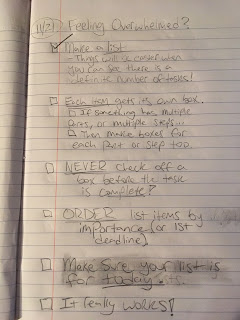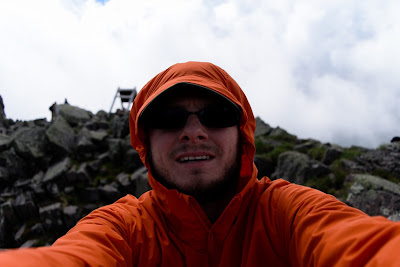Save money on sleeping bags and quilts - The advantages of more modular sleep insulation setups
Modular sleeping setups can be cheaper and more flexible
I see a lot of people that have, for example, a 20 degree quilt or sleeping bag and want to purchase a 0 degree option for the added warmth during the colder parts of long distance hikes or overnights in the colder parts of the hiking season (shoulder seasons).
Sleeping insulation is expensive, and takes up a lot of space in your gear closet. Multiple lower degree rated equipment pieces will quickly add up in both respects.
Adding a second piece of lower rated sleeping insulation like a 40 degree quilt and using it as an insert or over-bag/quilt (on top of) your current sleeping insulation can be a good alternative to this common purchase. The insulative properties of the two equipment pieces will add up nicely and give you a huge boost to warmth and comfort. Having a second piece of equipment on your hike or overnighter gives you much more flexibility than you would have with a single, higher rated piece of kit.
A synthetic over-quilt used on top of your current setup can help with mitigating moisture buildup in your primary sleeping insulation in very cold conditions. It works by moving the dew point of your little sleep system micro-climate farther away from your body. The dew point is the 'spot' between you and the air outside of your sleeping insulation where the air temperature becomes cold enough to cause moisture to condense out of the warm and moist air from your body and wet your insulation. This is especially helpful when you have a down bag that would suffer a loss of insulation effectiveness when it gets wet. The synthetic over-quilt suffers the dampening of the dew-point, but is more capable of handling that moisture workload without losing too much effectiveness.
I use a 50 degree down quilt inside of a 30 degree mummy bag to boost warmth when I'm pushing the lower limits of the mummy bag's temperature rating in colder temperatures. All your gear works together to do a job for you, and figuring out what works together in your kit to do a certain job can help you grow much more flexible and adept with your kit. Don't forget to test your insulation, both worn and sleeping, in a safe place to see if it keeps you comfortable before you take your trip.
During one bout of unexpectedly cold weather at Roan High Knob shelter temperatures reportedly plummeted to -11 Fahrenheit with windchill. Even though we were in one of the only trail shelters with four walls and a door on the entire AT it was drafty and COLD! I had a foam sleeping pad, a waterproof-breathable bivy sack, a 30 degree mummy sleeping bag, a 50 degree hammock top quilt I use as an insert, top and bottom base-layers, my down jacket, my synthetic puffy pants, a warm fleece buff worn as a balaclava, and thick wool socks on.
My winter kit was very lightweight, but it all worked together to keep me safe and comfortable. I like a more modular equipment setup because it lets me adjust my sleeping insulation warmth in the field and I have more gear to choose from in different conditions when planning a trip and putting a kit together.
Think about combining your gear to do a job that none of it could do one piece of equipment at a time. Doing this can eliminate redundancies, bring down the weight of your backpack, and keep you safe and comfortable in a wider range of conditions.
If you are trying to decide whether you want a sleeping bag or quilt check out this video. I think mummy-style sleeping bags are the best choice for anyone trying to get into hiking and camping.
If you are trying to decide whether you want a sleeping bag or quilt check out this video. I think mummy-style sleeping bags are the best choice for anyone trying to get into hiking and camping.




Comments
Post a Comment
Hey, I appreciate you taking the time to comment. I hope you have a really good day.